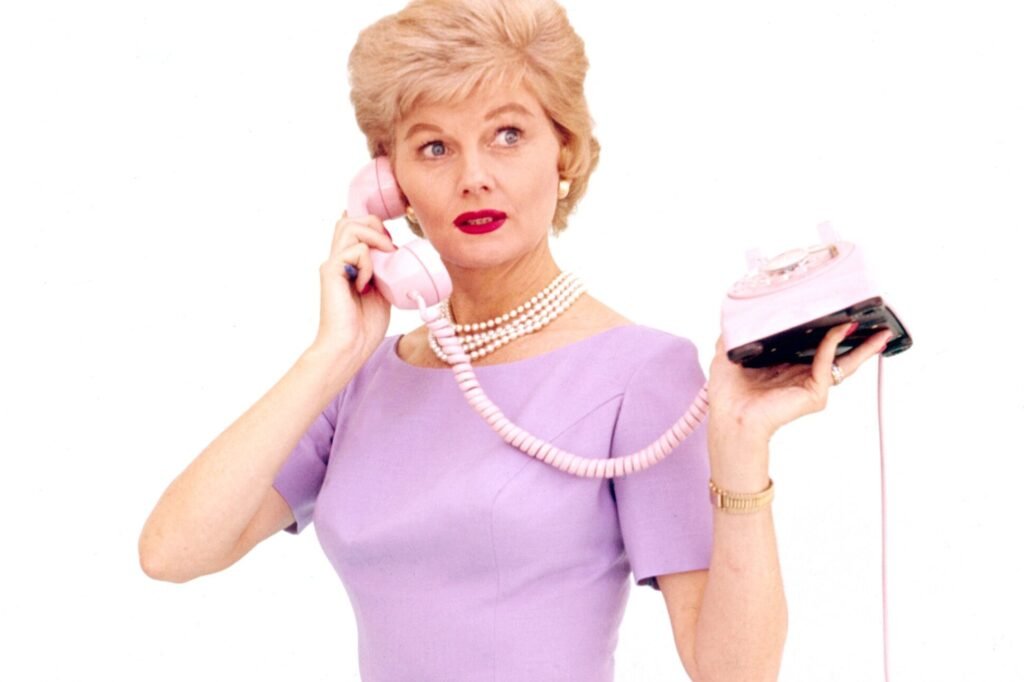They welcomed us into their living rooms every week, dispensing wisdom between loads of laundry and family dinners that somehow never burned despite constant interruptions. These television mothers shaped our expectations of what it meant to be the heart of a household—balancing discipline with understanding, homemaking with personal identity, and always finding the perfect one-liner when family chaos reached its peak. Before helicopter parenting or Instagram-perfect family photos, these TV moms showed us that raising children was equal parts love, laughter, and knowing when to put your foot down. Here’s our tribute to twelve iconic television mothers who made us wish they were cooking dinner at our house.
1. Lucille Ball as Lucy Ricardo (I Love Lucy, 1951-1957)
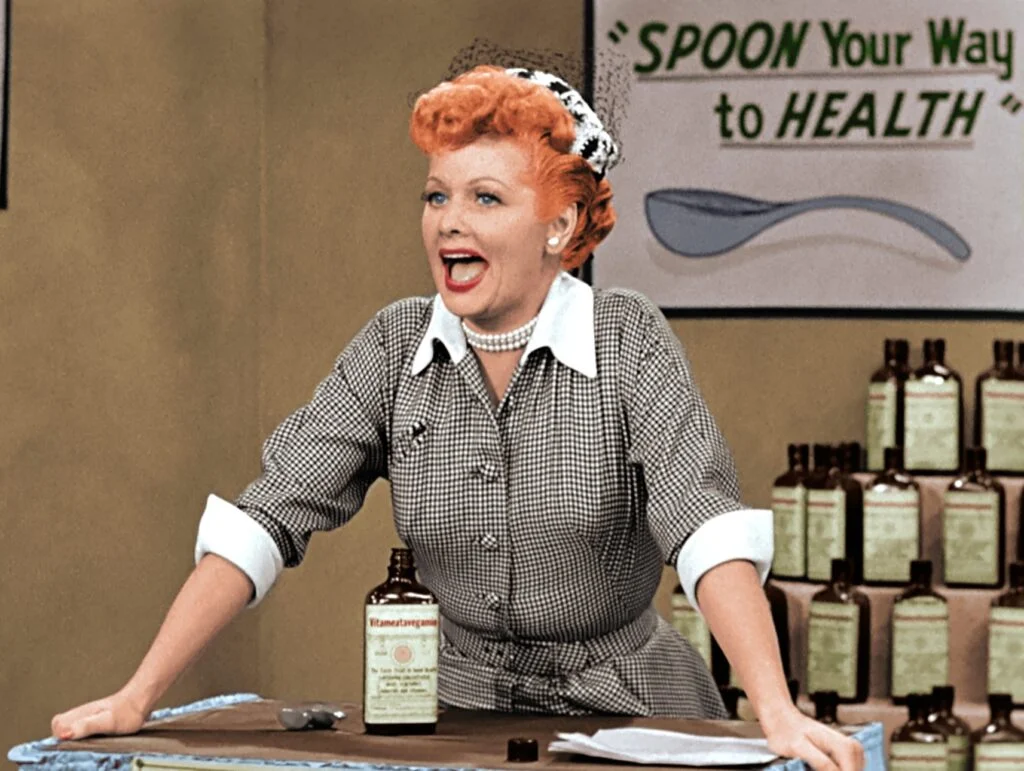
The queen of comedy wasn’t just breaking ground for women in television—she was showing America a new kind of mother who could be both loving parent and irrepressible spirit. Lucy Ricardo’s adventures often landed her in hot water, but her devotion to little Ricky never wavered, creating a character who refused to surrender her sense of humor and ambition just because she had become a mother. Her physical comedy and perfect timing made audiences howl with laughter, but it was her authentic portrayal of motherhood—complete with doubts, mistakes, and overwhelming love—that made her relatable to millions of real mothers. Along the way, notes PBS, Lucille was an essential part of the program credited with transforming the entire landscape of television forever.
What made Lucy truly revolutionary was how she balanced her maternal responsibilities with her own dreams and schemes, never allowing motherhood to diminish her vibrant personality. Behind the scenes, Ball herself was breaking even more barriers as the first woman to run a major Hollywood production studio while raising her own children. Her influence on television mothers cannot be overstated—she created the template for the funny, flawed, and fiercely loving mom that would inspire generations of characters to follow.
2. Barbara Billingsley as June Cleaver (Leave It to Beaver, 1957-1963)
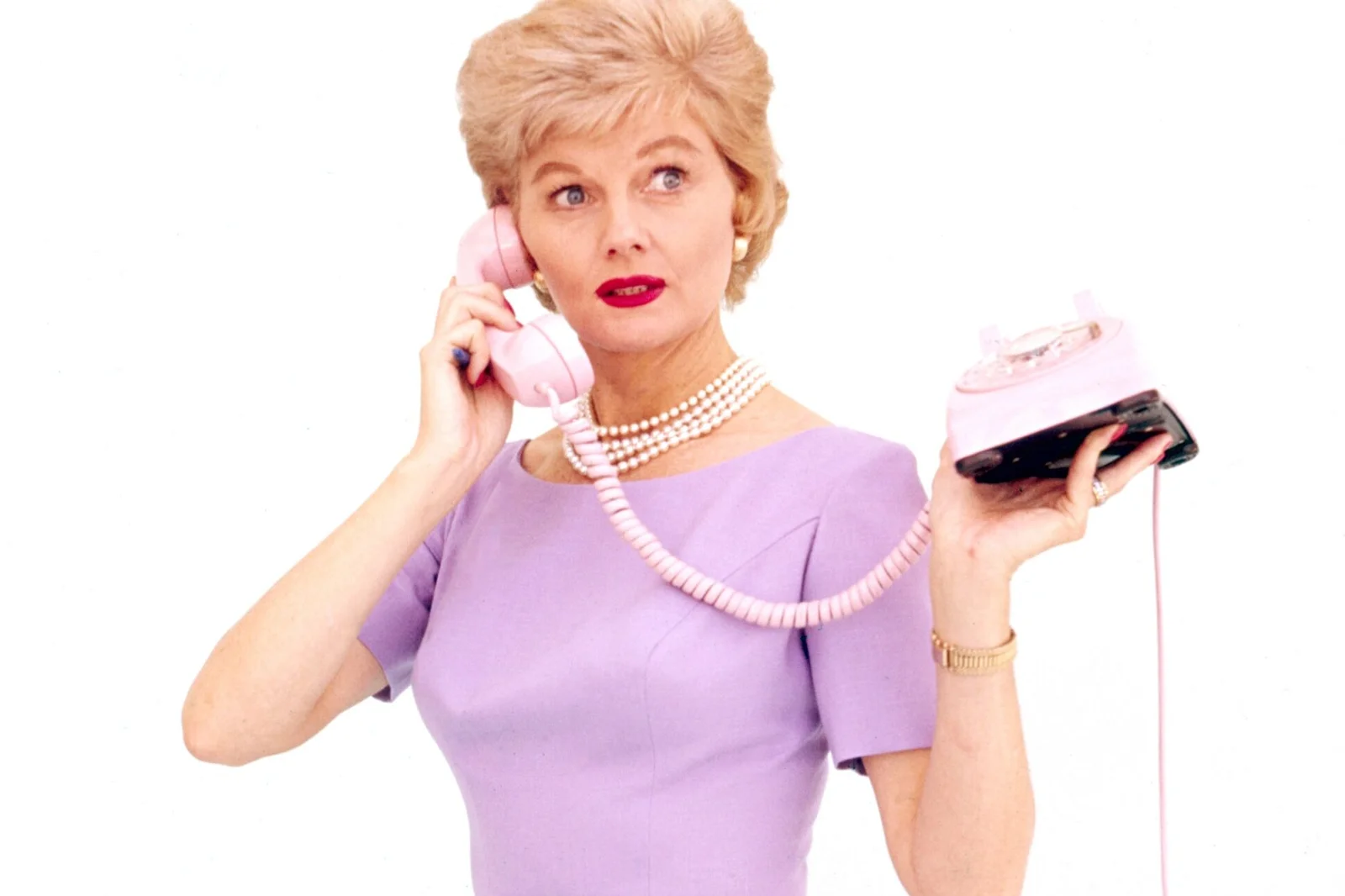
With her impeccable dresses and signature pearl necklace, June Cleaver became the quintessential TV mom, handling Theodore “Beaver” Cleaver’s misadventures and Wally’s teenage growing pains with seemingly effortless grace. While later generations might view her as unrealistically perfect, a closer watch reveals a mother with surprising depth—employing subtle psychology, gentle manipulation, and quiet wisdom to guide her family. Her famous pearls weren’t just a fashion statement—Billingsley reportedly wore them to hide a hollow in her neck that showed on camera, proving that even TV’s most perfect mom had practical solutions to real problems. The character’s fame makes it all the more remarkable that, according to MeTV, Barbara didn’t anticipate the gig being such a huge part of her life.
What makes June Cleaver endure beyond the pearls and heels stereotype was Billingsley’s nuanced performance, finding moments of humor and humanity in what could have been a one-dimensional role. Behind her proper exterior was a mother who understood her sons deeply, often serving as translator between the boys and their more traditional father. Billingsley herself noted in later interviews that while June might seem idealized by today’s standards, she represented something important to post-war America—stability and unconditional love in an increasingly uncertain world.
3. Mary Tyler Moore as Laura Petrie (The Dick Van Dyke Show, 1961-1966)
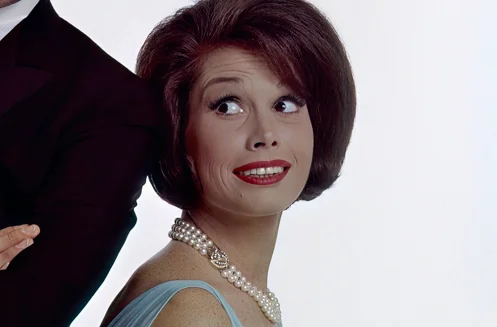
Laura Petrie revolutionized the TV mom by bringing youth, energy, and capri pants to the role when most television mothers were still wearing housedresses. As the wife of comedy writer Rob Petrie, Laura maintained her dancer’s grace and quick wit while raising their son Richie in New Rochelle. Moore’s perfect comedic timing—whether executing a physical gag or delivering the exasperated “Oh, Rob!”—showed that mothers could be fully realized characters with their own personalities and quirks, not just supporting players in their husbands’ stories. ABC News also puts into perspective the remarkable nature of casting Moore for this beloved role.
What made Laura truly groundbreaking was how the show portrayed her marriage to Rob as a partnership of equals, with genuine affection and playfulness that felt revolutionary for early 1960s television. Behind the scenes, Moore fought for Laura to wear pants rather than the traditional housedress, arguing that real young mothers dressed comfortably at home—a small detail that signaled big changes in how television would portray women. Laura Petrie helped bridge the gap between the idealized 1950s TV mom and the more realistic portrayals that would follow, maintaining domestic harmony while showing flashes of independence that hinted at cultural changes to come.
4. Florence Henderson as Carol Brady (The Brady Bunch, 1969-1974)
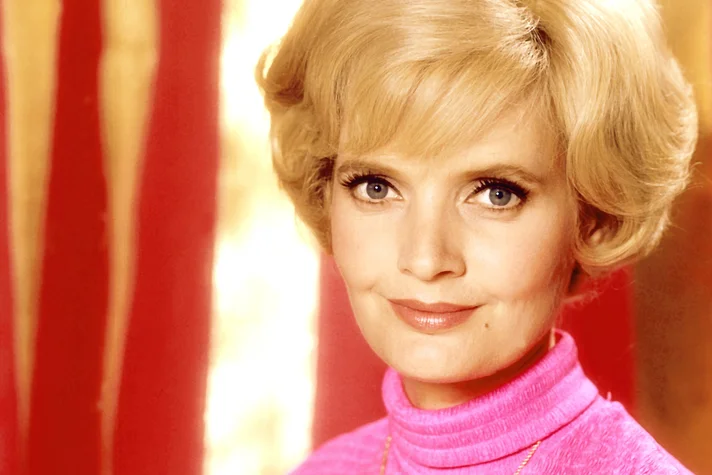
As the matriarch of television’s first blended family sitcom, Carol Brady navigated the challenges of raising six children—three daughters of her own and three stepsons—with remarkable patience and an unfailing ability to find the life lesson in every predicament. Florence Henderson brought warmth and authenticity to a role that could have been thankless, making Carol the steady center around which the Brady household revolved. Her famous line “Don’t play ball in the house” might be remembered as a mom-ism, but it was her consistent, loving presence that made the blending of two families seem not just possible but natural.
What made Carol Brady particularly notable was how she handled motherhood in a changing America, representing a new kind of family during a time of significant social transformation. Henderson herself added depth to the character by insisting that Carol have a career (as a freelance writer) rather than being solely defined by her domestic role, though these aspects were rarely explored on screen. The character’s enduring popularity speaks to Henderson’s ability to create a mother figure who felt both aspirational and accessible—glamorous enough in her perfectly coiffed shag to be admired, but approachable enough that viewers believed she could handle their problems too.
5. Jane Wyatt as Margaret Anderson (Father Knows Best, 1954-1960)

Though the show’s title suggested patriarchal wisdom reigned supreme, it was Jane Wyatt’s Margaret Anderson who often provided the emotional intelligence and practical solutions that kept the Anderson family functioning smoothly. As mother to Betty, Bud, and Kathy (famously nicknamed “Princess”), Margaret brought dignity and quiet authority to her role, balancing her husband Jim’s sometimes overly confident pronouncements with gentle guidance. Wyatt portrayed Margaret with a subtle intelligence that suggested she knew perfectly well that father didn’t always know best—but she was wise enough to let him think he did.
What made Margaret remarkable was how Wyatt infused the character with her own considerable intellect and poise, elevating what could have been a typical 1950s housewife role into something more nuanced. Before television, Wyatt had established herself as a respected film actress (notably in “Lost Horizon”), bringing that training to create small character moments that revealed Margaret’s depths. While the show’s premise feels dated to modern audiences, Margaret Anderson herself represents an important evolutionary step in television mothers—balancing traditional values with progressive ideas about raising independent, thoughtful children who questioned the world around them.
6. Jean Stapleton as Edith Bunker (All in the Family, 1971-1979)
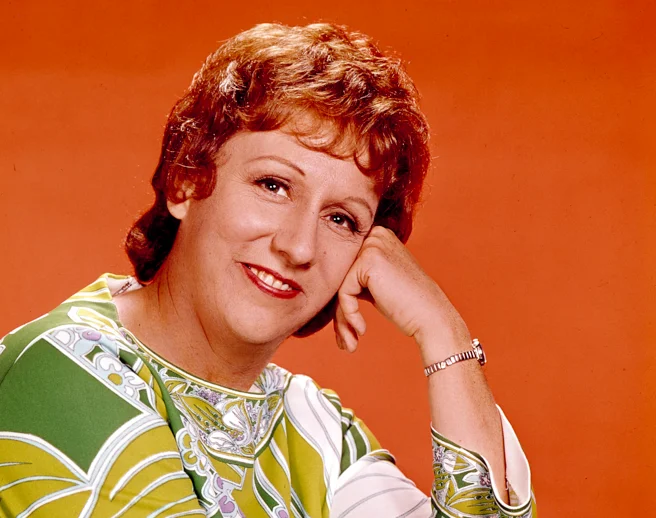
“Dingbat” was her husband Archie’s dismissive nickname for her, but Edith Bunker emerged as the moral compass and emotional heart of television’s most groundbreaking sitcom. Jean Stapleton’s remarkable performance transformed what could have been a caricature into a complex woman whose seeming simplicity masked profound wisdom about human nature. Her high-pitched voice and fluttering movements belied a character who, despite limited education and opportunities, often grasped essential truths that eluded her more opinionated husband. As mother to Gloria and mother-in-law to Mike “Meathead” Stivic, Edith navigated the generation gap of the 1970s with remarkable flexibility and open-heartedness.
What made Edith truly revolutionary was how she grew throughout the series from a traditional housewife to a woman discovering her own voice and worth. Stapleton herself insisted that Edith evolve, refusing to play her as merely scatter-brained comic relief. The character faced serious issues including breast cancer scares, menopause, and attempted sexual assault, handling these moments with a dignity that anchored the show’s more topical elements in genuine human experience. Perhaps most importantly, Edith showed that kindness wasn’t weakness—her compassion for others, including those Archie dismissed or denigrated, represented a different kind of strength that made her one of television’s most beloved mothers.
7. Harriet Nelson as Harriet Nelson (The Adventures of Ozzie and Harriet, 1952-1966)
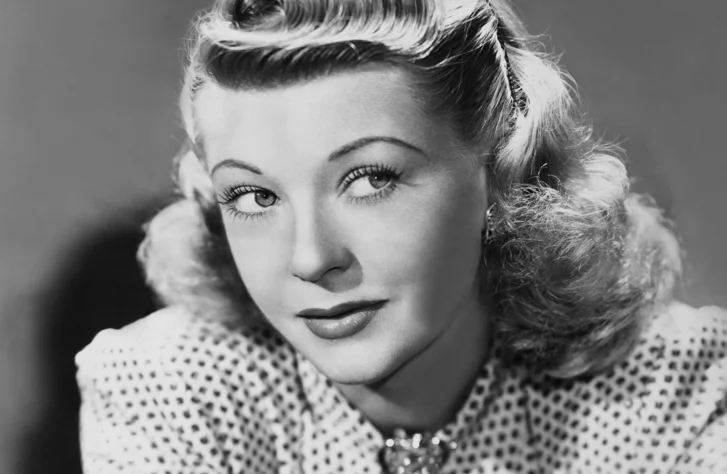
In the unique position of playing a fictionalized version of herself, Harriet Nelson brought authenticity to television motherhood that was impossible to fake. As mother to her real-life sons David and Ricky Nelson, Harriet navigated America’s longest-running sitcom with practical wisdom and subtle humor that grounded the sometimes idealized portrayal of 1950s family life. Her trademark expression “Ozzie, do you think that’s wise?” became shorthand for her role as the family’s reality check, gently challenging her husband’s more impulsive ideas while maintaining harmony in their household.
What made Harriet particularly significant in television history was how her real-life role as mother influenced her on-screen persona, creating a fascinating blend of performance and reality. Behind the scenes, she was instrumental in managing her family’s careers, particularly as son Ricky became a teen idol, showing a business acumen that her character rarely displayed. The Nelson family’s willingness to incorporate elements of their actual lives—including Ricky’s musical career—into their television narratives created a new template for family entertainment that blurred the lines between reality and fiction, anticipating reality television by decades.
8. Isabel Sanford as Louise “Weezy” Jefferson (The Jeffersons, 1975-1985)
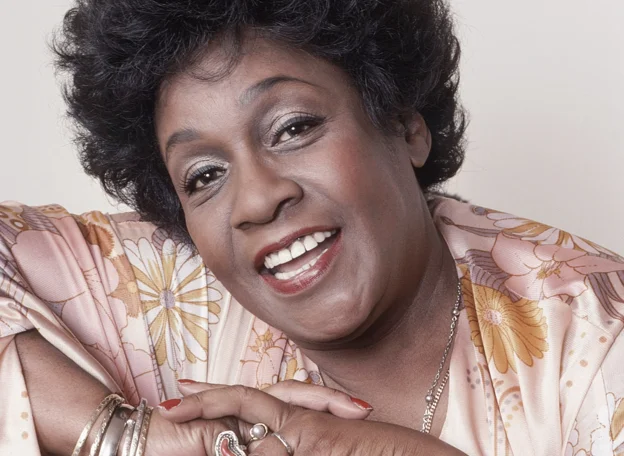
Moving on up from supporting character on “All in the Family” to co-lead of television’s longest-running series with a predominantly Black cast, Isabel Sanford’s Louise Jefferson showed that motherhood didn’t end when children grew up. Her relationship with son Lionel evolved from traditional parenting to friendship as he matured, while her famous exasperated looks and sharp retorts to husband George’s schemes demonstrated that maternal wisdom sometimes extends to managing one’s spouse. Louise balanced pride in their hard-won success with pragmatism about their roots, representing a generation of mothers who had overcome significant obstacles to provide opportunities for their children.
What made “Weezy” particularly groundbreaking was how she presented a rarity on television—a middle-class Black mother whose concerns extended beyond domestic matters to social issues, business decisions, and community engagement. Sanford’s dignified performance earned her an Emmy Award in 1981, making her the first Black woman to win Outstanding Lead Actress in a Comedy Series. The character’s journey from working-class Queens to Manhattan’s East Side reflected the experiences of many mothers who sacrificed to create better lives for their families, while her insistence on maintaining her identity and values regardless of address made her relatable across cultural and economic lines.
9. Audrey Meadows as Alice Kramden (The Honeymooners, 1955-1956)
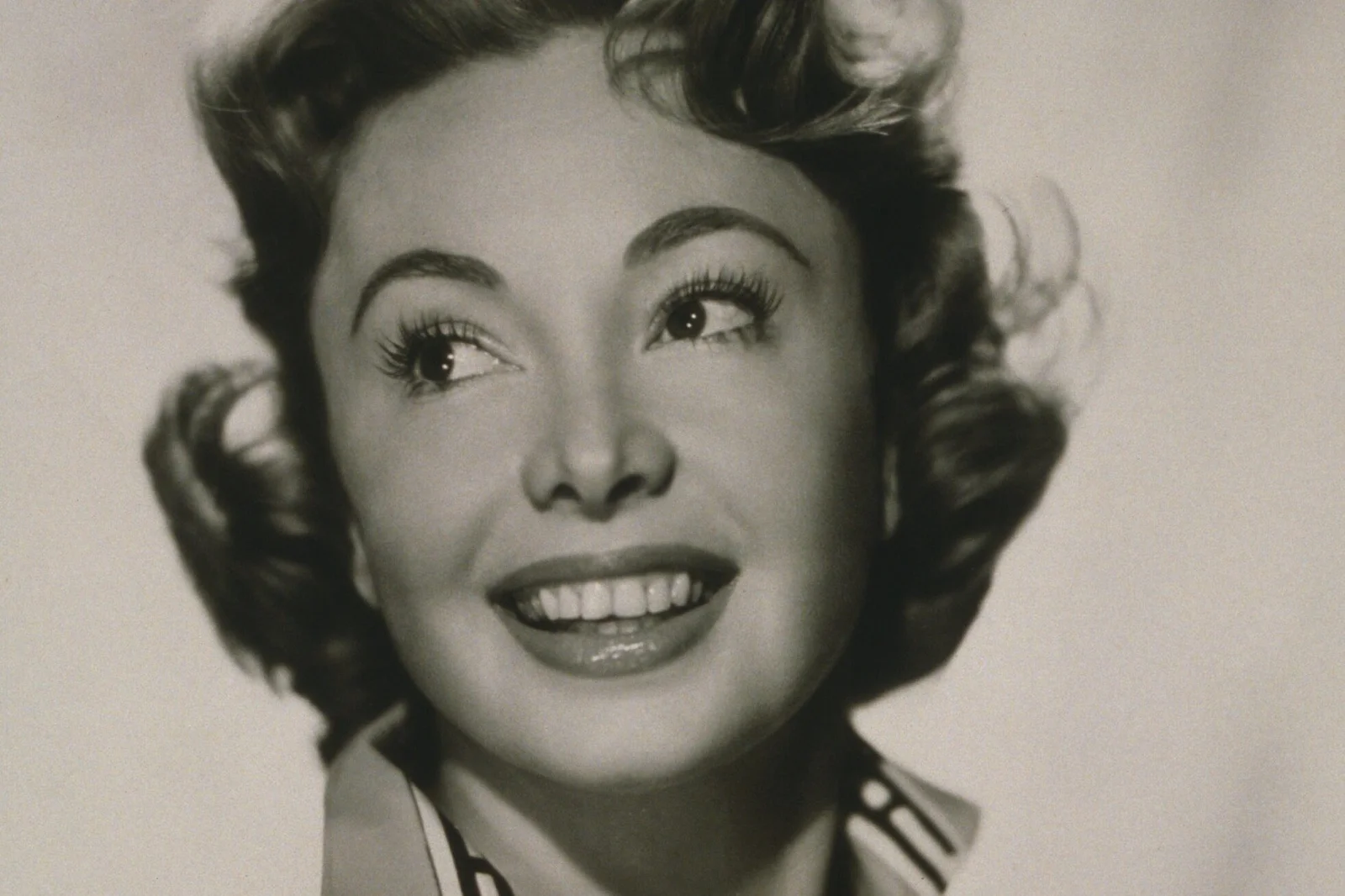
Though technically not a mother (the Kramdens were childless), Alice Kramden earns her place on this list by embodying the maternal wisdom, patience, and protective instincts that define great TV moms. Living in a stark Brooklyn apartment with her bus-driver husband Ralph, Alice managed household finances with pennies to spare, defused her husband’s hair-trigger temper with perfectly timed one-liners, and protected him from his own get-rich-quick schemes with practical wisdom that saved them repeatedly from disaster. Meadows brought sharp intelligence to the role, making Alice the perfect foil to Jackie Gleason’s bombastic Ralph.
What made Alice particularly remarkable was how she maintained her dignity and sense of self in challenging circumstances, offering a realistic portrayal of working-class marriage that resonated deeply with viewers. Despite Ralph’s famous threats of “To the moon, Alice!” (never acted upon), she stood her ground with unflinching confidence, often countering with devastating comebacks that showcased her quick wit. Behind the scenes, Meadows herself was a savvy businesswoman who famously demanded a contract guaranteeing her royalties from rebroadcasts—a decision that made her wealthy as The Honeymooners became one of television’s most rerun programs.
10. Marion Ross as Marion Cunningham (Happy Days, 1974-1984)
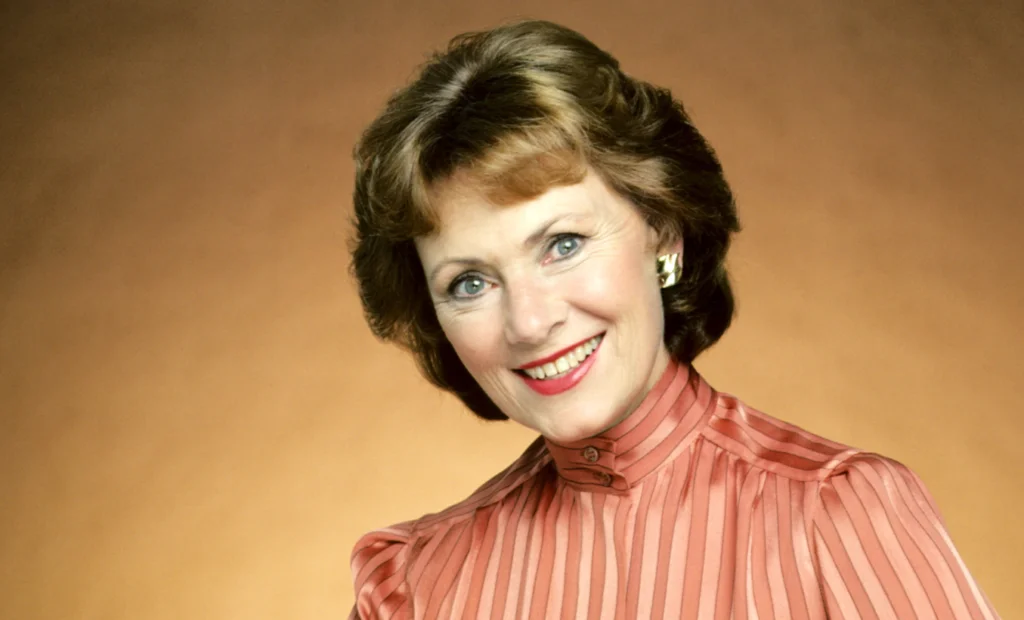
As “Mrs. C” to her children’s friends and the heart of the Cunningham household, Marion balanced traditional maternal duties with a progressive openness to the changing world around her. Her kitchen became a second home to Arthur “Fonzie” Fonzarelli, the leather-jacketed greaser who represented everything unlike her own children, demonstrating Marion’s capacity to see beyond appearances to the goodness in people. Over the show’s long run, Ross developed Marion from a somewhat typical 1950s housewife into a woman discovering her own identity beyond motherhood, taking classes, standing up to her husband Howard, and even working outside the home.
What made Marion Cunningham particularly endearing was how she combined no-nonsense Midwestern practicality with genuine warmth and occasional moments of delightful eccentricity. Her famous “Empty nest syndrome” episode, where she struggles with her children growing up and leaving home, captured a universal maternal experience rarely acknowledged in sitcoms of earlier eras. Behind the scenes, Ross fought for her character’s development, believing that even a nostalgic show set in the 1950s could reflect the evolving understanding of women’s roles taking place during the 1970s when the show actually aired.
11. Donna Reed as Donna Stone (The Donna Reed Show, 1958-1966)
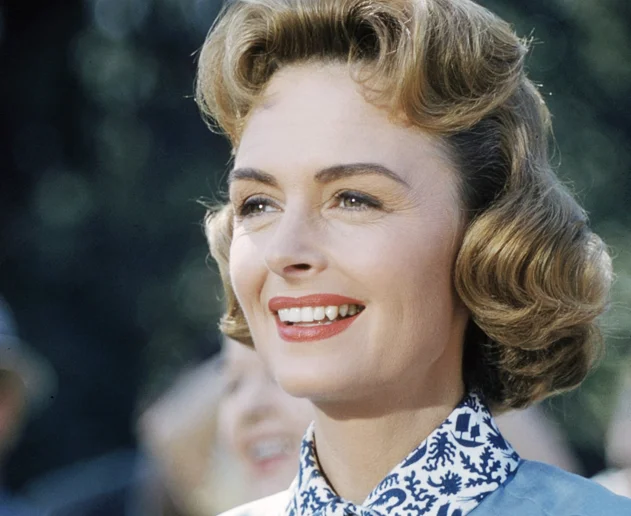
Behind the pearls and perfect dresses that became shorthand for 1950s domesticity, Donna Reed created a maternal character with surprising complexity and quiet strength. As pediatrician Alex Stone’s wife and mother to Mary and Jeff, Donna maintained a household where problems were resolved through communication rather than patriarchal decree, often serving as the true decision-maker while allowing others to believe solutions were their idea. Reed, who had won an Oscar for her performance in “From Here to Eternity,” brought subtlety to what could have been a one-dimensional role, showing a woman who found genuine fulfillment in her family while maintaining her individual identity.
What made Donna Stone particularly significant was how the character reflected Reed’s own feminist values, which were progressive for her time despite the show’s conventional appearance. Behind the scenes, Reed was executive producer of her show (though unnamed in credits), exercising creative control unusual for women in the industry. The character’s competence, intelligence, and quiet authority made her a different kind of maternal role model—one who derived power not from dominating her family but from nurturing their best qualities while maintaining her own standards and principles.
12. Vivian Vance as Ethel Mertz (I Love Lucy, 1951-1957)
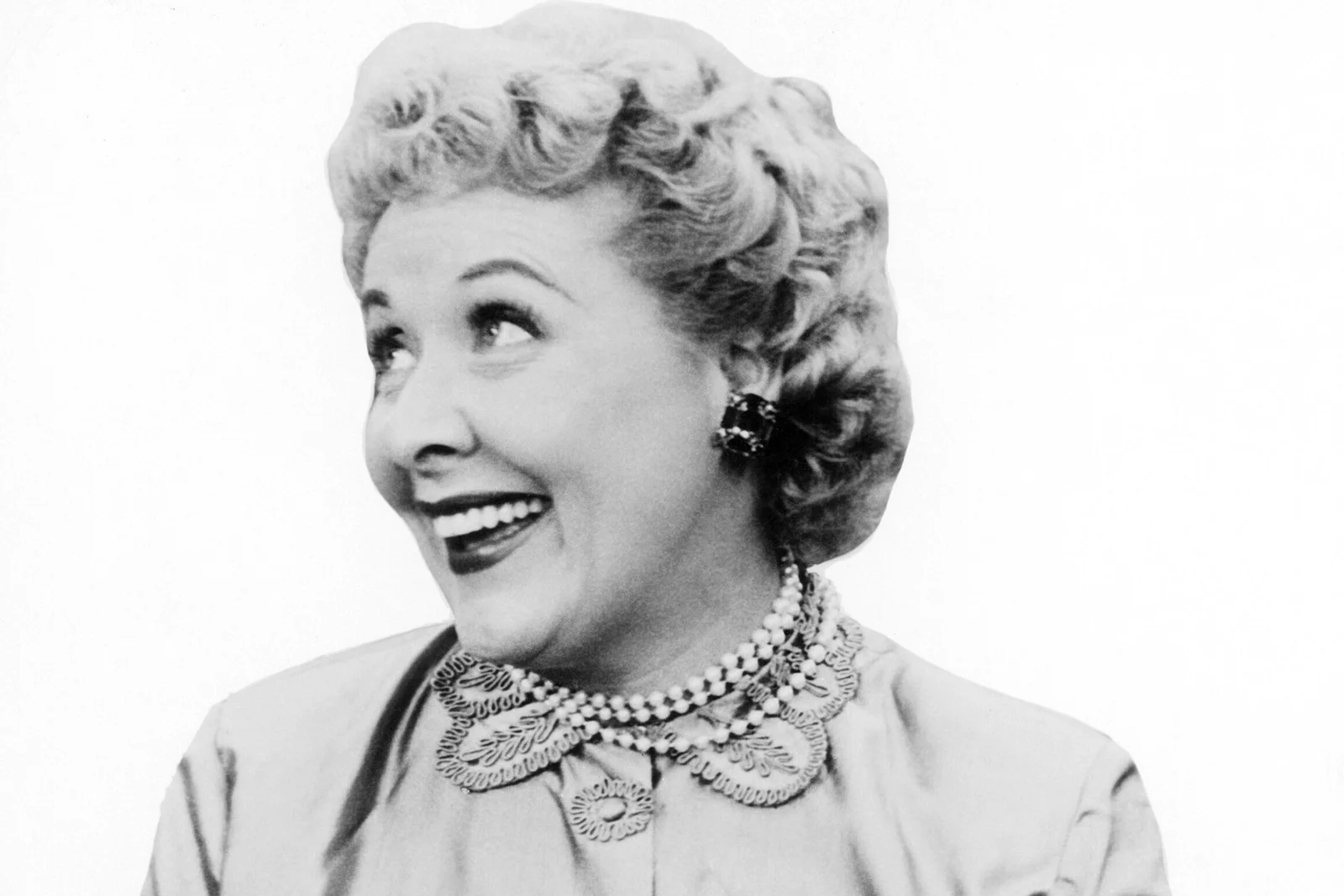
Though technically a landlady and neighbor rather than Lucy’s blood relation, Ethel Mertz earns honorary mother status for her protective, supportive, and occasionally exasperated relationship with her childlike best friend. Vivian Vance’s brilliant comedic performance created a character who was part co-conspirator, part voice of reason, and full-time emotional support system during Lucy’s many crises and schemes. As the more practical member of the duo, Ethel often provided the maternal warnings that Lucy ignored, followed by the unconditional support a mother provides when things inevitably went wrong.
What made Ethel particularly beloved was how Vance balanced the character’s eye-rolling frustration with genuine affection, creating one of television’s most realistic female friendships. Behind the scenes, Vance fought against television conventions that initially tried to make her character significantly older and less attractive, insisting that Ethel be a fully-realized woman rather than merely a foil. Though her relationship with Fred was played for laughs, Ethel’s nurturing nature extended beyond Lucy to include the entire makeshift family they created in their brownstone apartment building, making her the emotional glue that held their world together.
These television mothers did more than entertain us—they helped shape our understanding of what motherhood could look like, from the perfectly coiffed suburban homemakers to the working moms balancing careers and family. Their wisdom, delivered between commercial breaks and family crises, often stayed with viewers longer than the plotlines themselves. In an era before parenting books became bestsellers and social media offered constant comparison, these fictional mothers provided templates for handling everything from first dates to family disagreements with grace and humor. Their ability to maintain their wit while managing households reminds us that behind every great TV family was a mother who somehow made it all look possible—even if we now know it rarely looked that perfect in real life.

